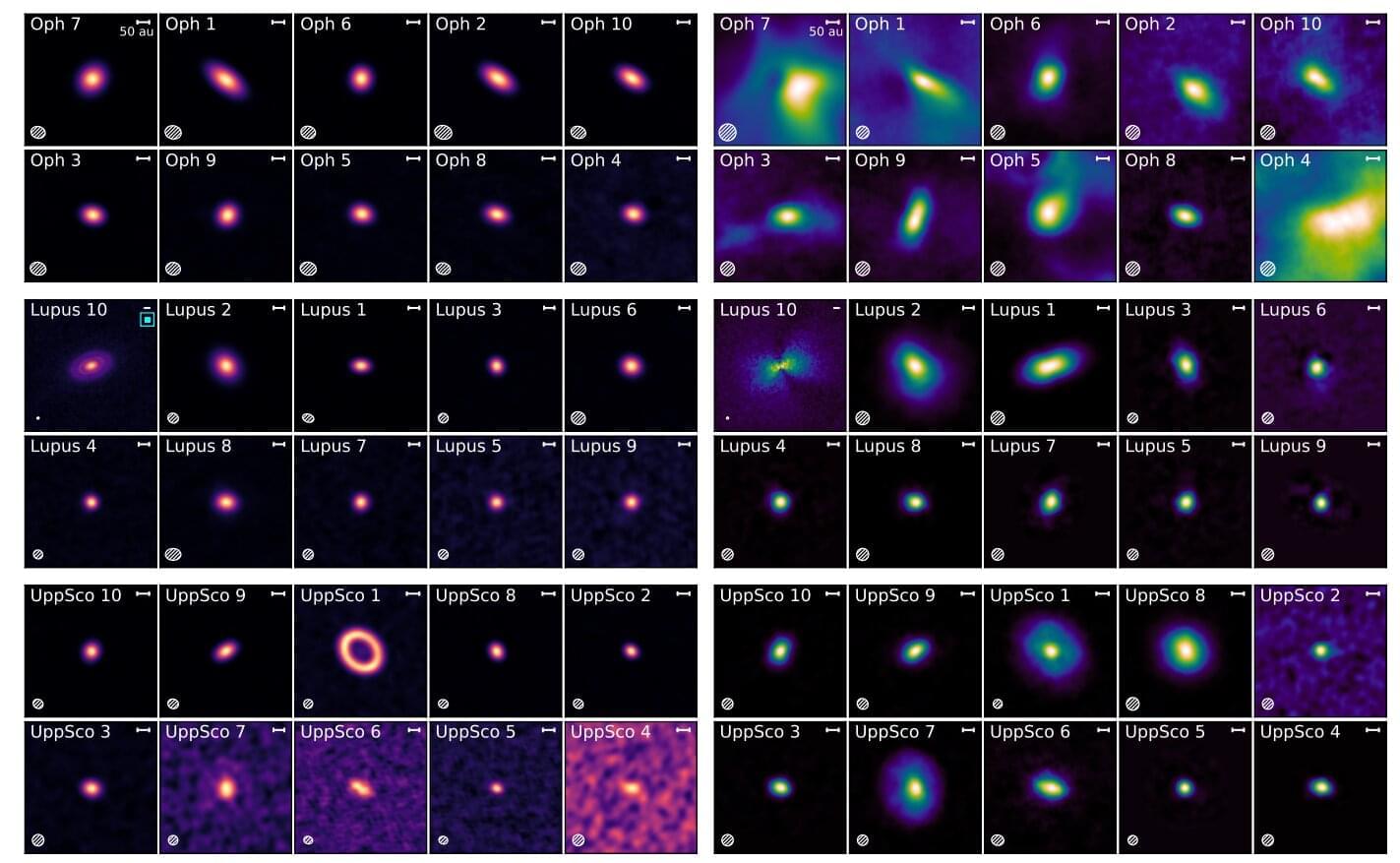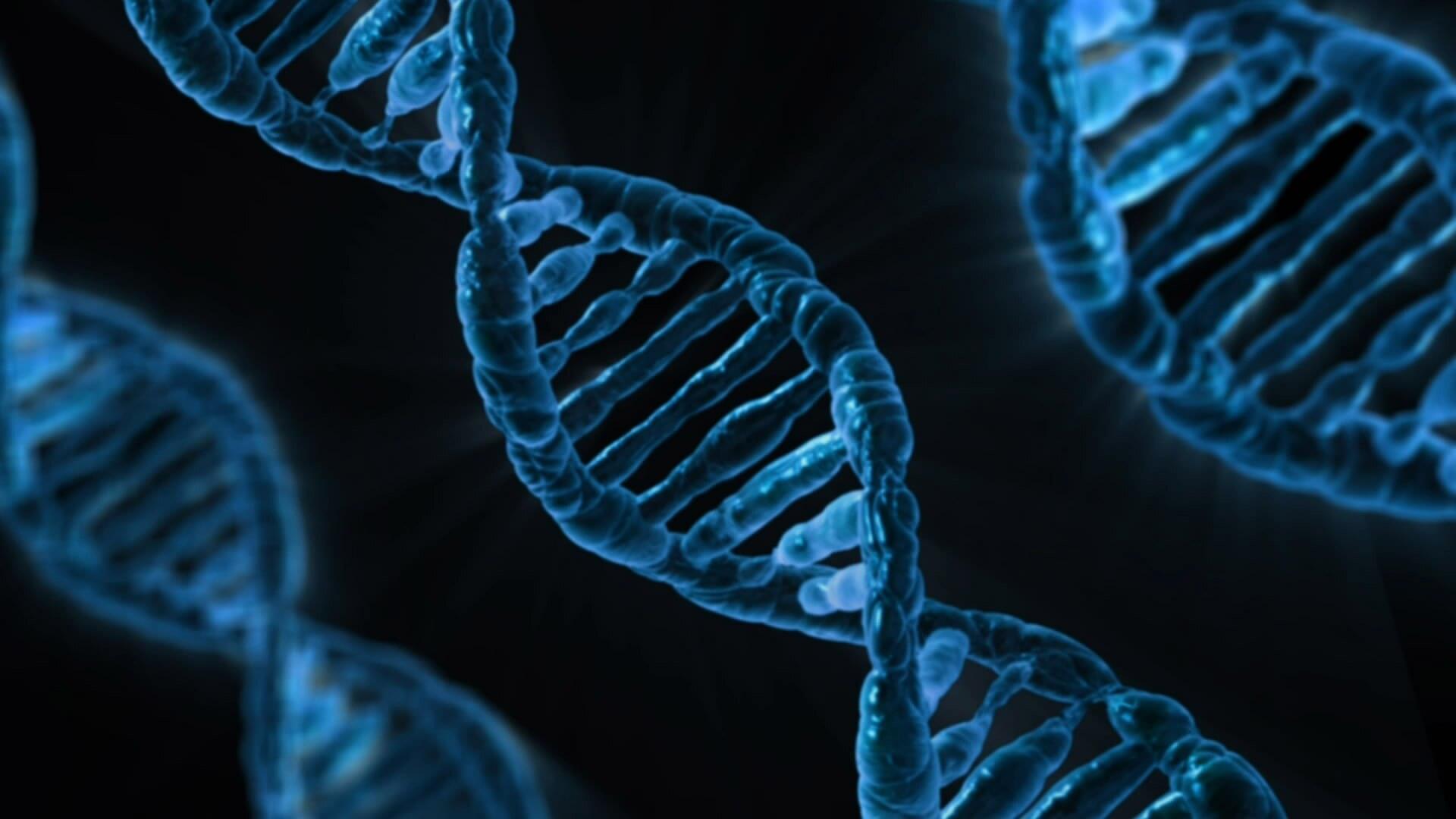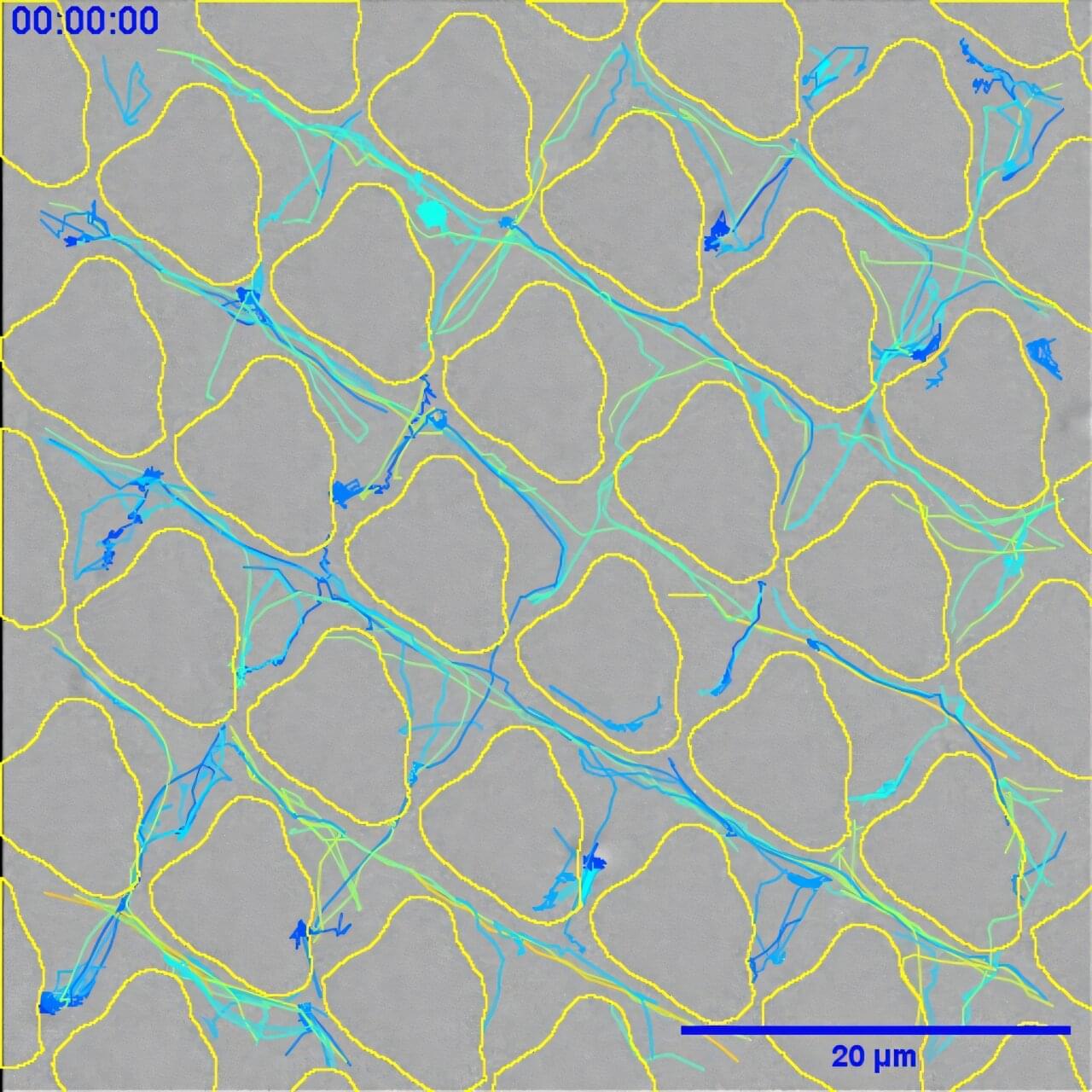An international team of scientists led by astronomers from the University of Wisconsin–Madison has produced the most accurate measurement of the gases swirling around young stars and how their mass changes over time. The discovery joins many pieces of a puzzle that may reveal which kinds of planets form—rocky Earth-types, gas giants like Jupiter, or balls of ice in the Neptune mold—as star systems mature.








